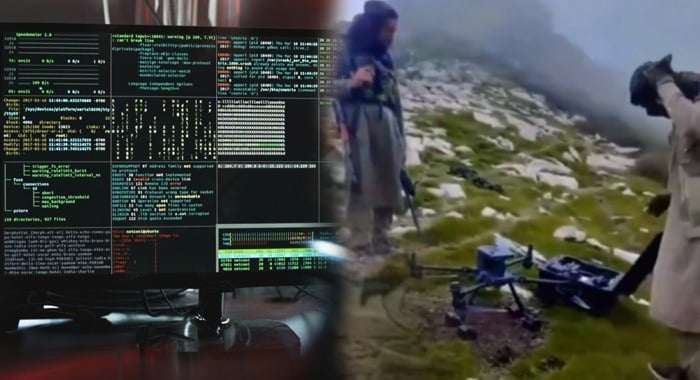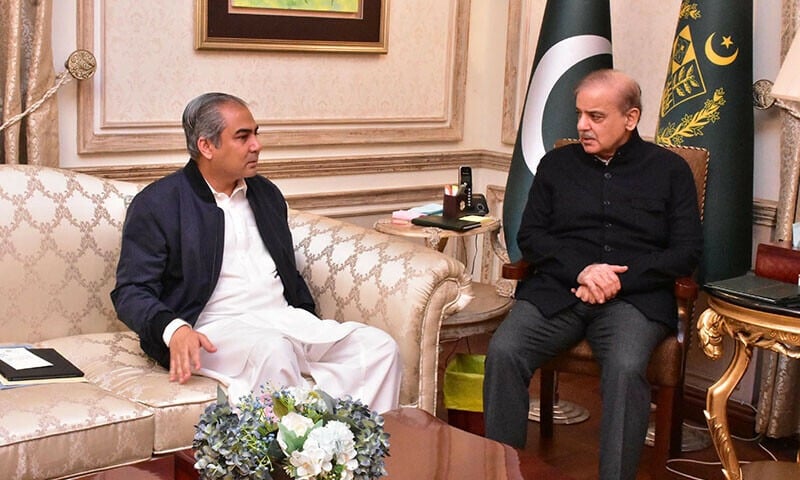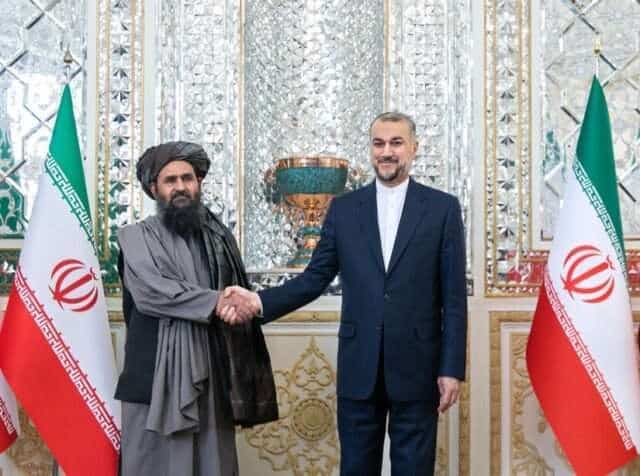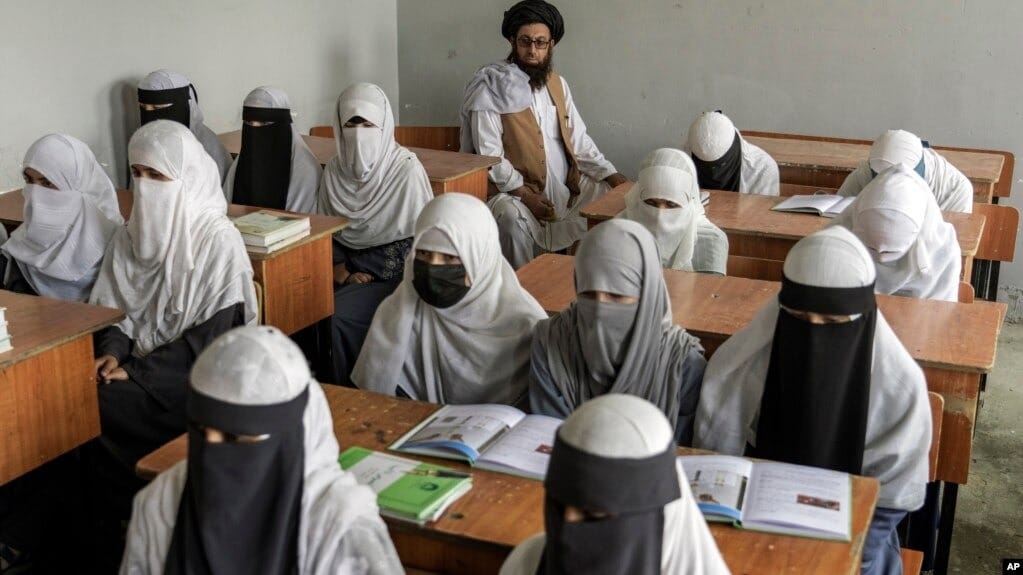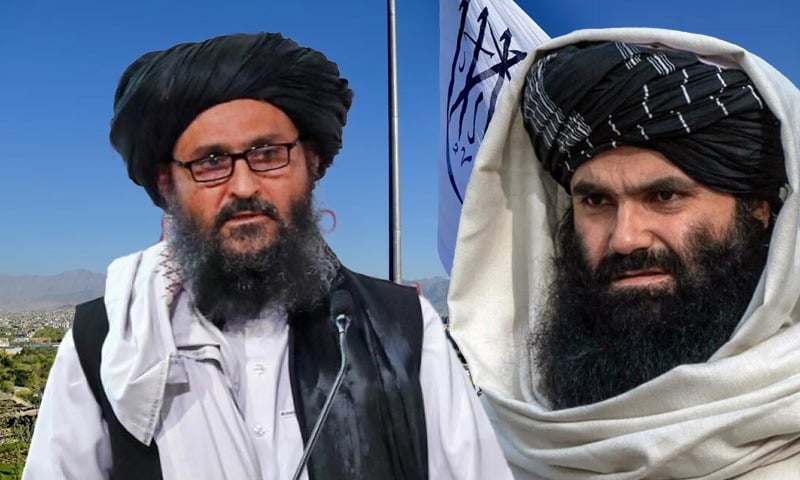Rameen Raana Marwat
While technology has made human life more modern, fast-paced, and convenient, its role on the battlefield has turned it into a weapon that resembles a double-edged sword. On one side, it provides convenience, advancement, and defensive superiority; on the other, it fuels destruction, deception, and empowers non-state actors. In a country like Pakistan, which has been combating terrorism for decades, the unauthorised and misuse of modern technology has become a serious threat.
In earlier times, wars were fought on open battlefields, soldiers confronted each other face-to-face, and the enemy was visible. But with time, everything changed. Technology has reshaped the battlefield. The enemy is now invisible, hiding behind the screen and striking from the shadows. Today, social media, drones, quad-copters, and improvised explosive devices (IEDs) are among the weapons being used by adversaries. These modern tools have become the biggest challenge for today’s soldiers.
In recent years, especially in Khyber Pakhtunkhwa and Waziristan, the misuse of quad-copters and small commercial drones has become a major security concern. Previously, such technology was exclusive to state institutions, but now even ordinary individuals have access to it. A tragic example occurred recently in North Waziristan’s Hassan Khel area, where Khawarij used a quad-copter to drop explosive material. Not only were Pakistan Army personnel targeted, but several innocent civilians also lost their lives in this cowardly attack. The incident underscored the evolving tactics of our enemies, they are no longer targeting just military patrols or installations but also deliberately attacking civilians.
This situation is alarming not only for security forces but for the general public as well, as such devices are now being used for covert surveillance, terrorism, and propaganda. Terrorists are transporting explosives to their hideouts through quad-copters, where they plan future attacks. This clearly illustrates that modern technology, while a convenience, also poses a great danger.
Improvised Explosive Devices (IEDs) have now become the terrorists’ weapon of choice. They are inexpensive, easy to make, and simple to deploy. In some areas of Khyber Pakhtunkhwa, particularly the tribal districts, there are elements who locally manufacture these explosives with the intent to ambush military convoys, checkpoints, and security personnel on commonly used routes.
Dozens of soldiers have been martyred in IED attacks, and many others have suffered life-altering injuries, including permanent disabilities. These cowardly attacks often come from hidden, remote locations or from terrorists disguised as civilians. Tragically, innocent bystanders are also caught in the crossfire of such operations.
Despite all these challenges, the brave soldiers of the Pakistan Army are not only confronting these modern threats head-on but are also using the enemy’s own tools against them. In the war against terrorism, the army has successfully deployed drone technology, satellite monitoring, and intelligence networks. Operations like Zarb-e-Azb, Radd-ul-Fasaad, and recent intelligence-based operations have inflicted significant damage on terrorist networks.
Soldiers are now well-trained in using modern technology and have shown the world that Pakistan’s soil offers no safe haven for extremists, terrorists, or agents of foreign agendas. However, this battle is not the army’s alone, it is a battle for the entire nation.
Unfortunately, some local individuals, either knowingly or unknowingly, facilitate terrorists. They provide shelter, share sensitive information, or assist in operating technological devices. In the recent drone attack in Waziristan, preliminary investigations revealed that extremists had used locals to bring the quad-copter into the area. These individuals were unaware it contained explosives.
If people stop facilitating these enemies, not only can their operations be thwarted, but their very presence can be eliminated. Every citizen has a national, religious, and moral responsibility to stand by state institutions and to recognize the enemy. Islam strictly prohibits aiding those who spread corruption on earth, and that is precisely the real face of these extremists: rebellion, bloodshed, and the murder of innocents.
It is high time the public understands the dark side of modern technology and exercises caution in its usage. Quad-copters and drones should be used only by trained, authorised institutions. Ordinary citizens must stay away from them, as their misuse can endanger not just their own lives, but the safety and security of entire communities.
The public must understand that the enemy doesn’t always come from outside, sometimes it resides among us. If we can identify and eliminate the terrorists and facilitators in our own ranks and cooperate with state institutions, Pakistan can indeed become a safe and peaceful nation.
Modern technology has changed the rules of warfare. Battles are no longer fought only in open fields, they are now fought in minds, in cities, and through technology. The biggest challenge today is that the enemy, empowered by technology, targets not only security forces but innocent civilians as well.
Pakistan’s security forces, particularly the Pakistan Army, are confronting these threats with extraordinary courage, strategy, and sacrifice. But their success depends on the nation standing with them, exposing the facilitators, and cleansing the country of elements like the extremists.
This is a time for unity, awareness, and responsibility. No matter how advanced the enemy becomes, if the nation and the armed forces remain united, no threat can harm Pakistan or disrupt its peace and stability.

